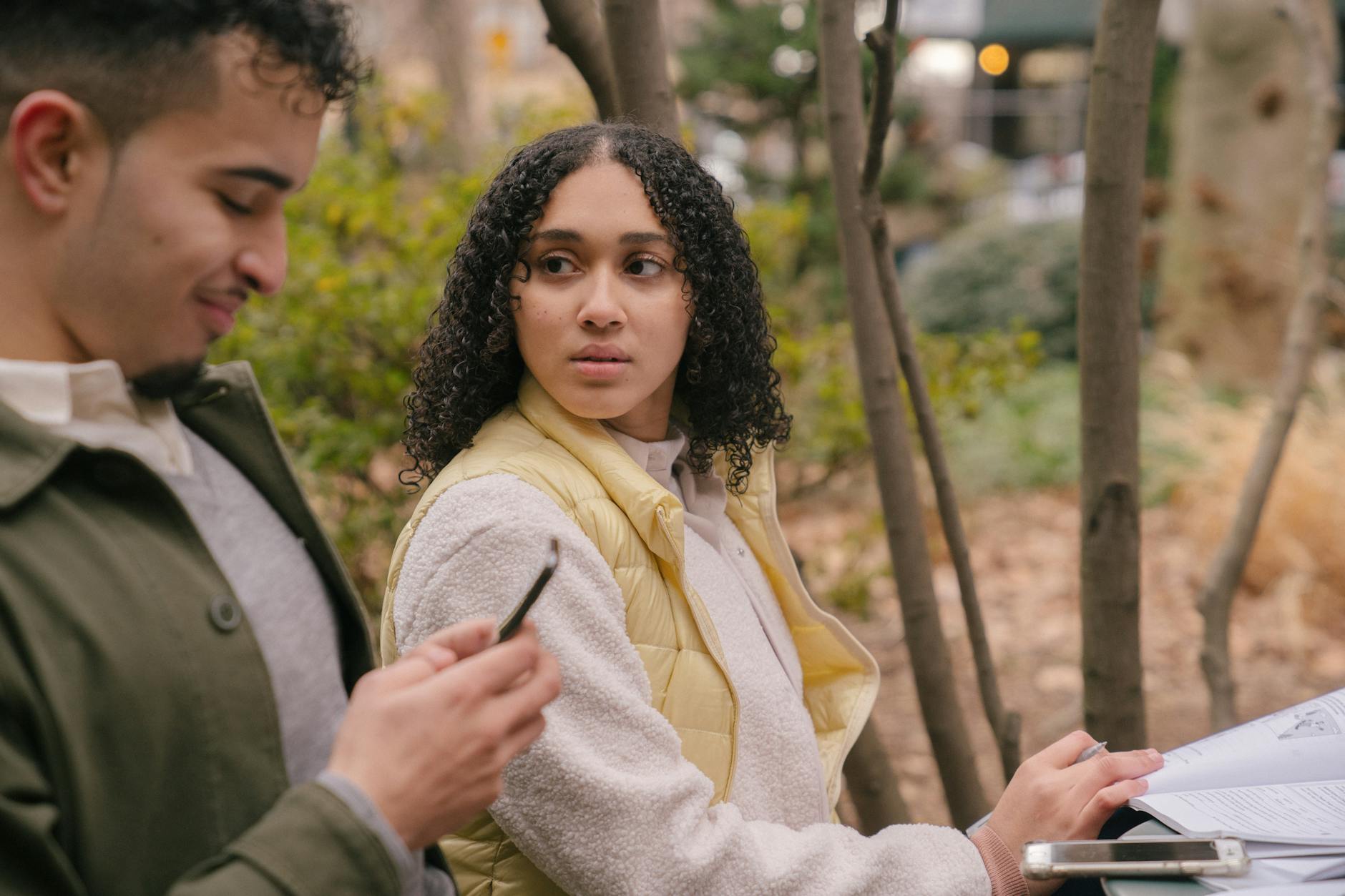How to Navigate Sustainable Fashion Choices in Australia

Understanding Sustainable Fashion
When we speak about sustainable fashion, it's crucial to consider its core aspects—environmental impact, social responsibility, and ethical production. Each of these elements plays a vital role in shaping the garment industry and our choices within it. While discussing boys' clothing like boys swimwear or pieces like track pants, consider these factors to make better choices that align with sustainable practices.
Key Aspects of Sustainability
One of the main areas to consider is the materials used in fashion, which significantly affect the environment. Choosing clothes made from natural, biodegradable fabrics helps reduce waste. Ethical production practices ensure that garment workers are treated fairly and work under safe conditions, adding to the social responsibility part of fashion.
Environmental Impact
Opting for items made from recycled or organic materials can substantially reduce your carbon footprint. For instance, select sustainable swimwear for children and girls swimsuits that are made from recycled nylon, which not only offers comfort but also supports eco-friendly living habits. This consideration is particularly valuable when visiting vibrant locations like the cafes in South Bank.
Social Responsibility
Beyond environmental concerns, social responsibility in fashion means supporting brands that ensure fair wages and safe working conditions for their workers. By prioritizing these values, educators like Ethan can help students understand the importance of making ethical choices. Encouraging these discussions can be as engaging as a walk through the bustling precinct of West End, offering a practical, everyday context for these vital lessons.
Recognizing Certified Materials
Natural vs. Synthetic Fibers
Understanding the differences between natural and synthetic fibres is crucial for making informed fashion choices. Natural fibres, like cotton, wool, and linen, originate from plants and animals. They are often praised for their comfort and breathability. Organic cotton is a popular option as it avoids chemical pesticides, resulting in a softer and more sustainable baby jumper. Wool, particularly Australian Merino, is renowned for its moisture-wicking capabilities, which make it an excellent choice for different climates. On the other hand, synthetic fibers such as polyester are derived from petroleum, requiring extensive chemical processing that impacts the environment unfavourably.
Common Eco-Friendly Certifications
When exploring eco-friendly clothing options, keep an eye out for specific certifications that indicate sustainability. Certifications like the Global Organic Textile Standard (GOTS) ensure textiles meet high environmental and social criteria, from harvesting raw materials to responsible manufacturing. Another important label is Oeko-Tex Standard 100, which checks textiles for harmful substances, ensuring safe products for consumers. Reputable certifications reassure you of an item's legitimacy in sustainability efforts.
Benefits of Certified Textiles
Choosing certified textiles offers multiple benefits, primarily enhancing the ethical and environmental value of your wardrobe. These textiles often provide superior comfort, such as in a plush dressing gown that feels better against your skin. They guarantee that your clothing choices reflect responsible production, reducing your carbon footprint. Additionally, certified fabrics can become a point of pride, aligning with your values and promoting a conscious lifestyle. Remember, Brisbane, with its vibrant cafes like those in South Bank, reflects an ethos of sustainability that you can embody in your daily fashion.
Shopping Strategies in Australia
Local Sustainable Brands
In Brisbane, vibrant cafes of South Bank often echo with discussions about sustainability, making it the perfect backdrop for discovering local sustainable brands. These brands focus on eco-friendly practices, offering options like a versatile skort that blends function and style seamlessly. For someone with Ethan’s interests, these brands provide practical yet playful options suitable for both school settings and after-school activities.
Online Shopping Tips
When it comes to online shopping, it’s essential to prioritize transparency and verified sustainability practices. Look out for brands that detail their materials and production processes. Being aware of how clothing impacts both the environment and your wallet is crucial, and there are plenty of online platforms offering children’s clothing that aligns with both sustainability and comfort. For instance, you can find kids swimwear that ensures freedom of movement, perfect for both swim classes and beach adventures.
Thrift and Vintage Options
Thrifting and vintage shopping are excellent ways to embrace sustainability and express individuality. Brisbane's bustling cultural precinct of West End is teeming with second-hand shops where you can find unique pieces that not only contribute to reducing waste but also allow for creative expression. These shopping methods are well-suited for Ethan’s desire to incorporate clothes into a theme, providing students a chance to practice expressing themselves in a cost-effective manner.
By focusing on these strategies, you can discover options that prioritize sustainability while offering comfort and style for everyday wear.
Styling for Versatility
Building a Capsule Wardrobe
Creating a capsule wardrobe is an efficient way to maximize style without overwhelming your closet. Focus on selecting a few timeless, versatile pieces that can be layered or mixed to suit different occasions. For instance, balance basics like leggings with tops that reflect your personal style and can be dressed up or down. Consider incorporating classic pieces that are both functional and trendy, aligning with your goal for practicality and comfort in outfits.
Combining Comfort and Style
While style is undoubtedly important, comfort should not be compromised, especially when considering boys clothes for school settings. Seek out clothing options that allow for movement and are constructed from breathable materials. This dual focus ensures the children feel confident and capable, whether they're in the classroom or engaging in playground activities. The fusion of comfort and style can be a reflection of your teaching ethos, promoting an environment where individuality is encouraged.
Adapting to Seasonal Changes
Adapting your wardrobe to seasonal shifts can be both practical and fun. By selecting garments that are easily layered, the clothing can effortlessly transition from the warmth of Brisbane's summer to the cooler months. Embrace layering techniques that focus on combining different textures and lengths, ensuring versatility across seasons without the need for excessive shopping. Engage with local stores or look online for deals that provide an array of affordable, quality pieces able to match any classroom or outdoor setting in Brisbane.
Avoiding Mistakes in Sustainable Fashion
Misinterpreting Labels
When it comes to sustainable fashion, deciphering labels can be as tricky as choosing between single-origin espresso or a turmeric latte at a South Bank café. Brands may throw around terms like "eco-friendly" or "ethical clothing brands Australia" without providing concrete details. Look for certifications such as GOTS (Global Organic Textile Standard) or OEKO-TEX to ensure you're getting what you pay for. It's a bit like skincare — we wouldn't settle for a moisturizer without understanding its ingredients, right? So, read the fine print and educate yourself on what these labels truly mean.
Prioritizing Quantity Over Quality
A common pitfall is snapping up numerous items just because they're labelled as sustainable. However, investing in quality pieces that stand the test of time is crucial. Just like Brisbane’s cultural precinct at West End offers a blend of vibrant art and historical depth, your wardrobe should offer versatility and durability. Choose items that you can mix and match, perhaps with the timeless elegance of a linen dress, perfect for Australia’s sun-kissed climate. Aim to embrace slow fashion, focusing on a select few high-quality garments that complement your lifestyle.
Neglecting Eco-Friendly Care
Once you've curated that sustainable wardrobe, maintaining it is just as important. Consider eco-friendly washing methods such as using cold water and air-drying clothes. This not only extends the life of your garments but also reduces energy consumption, much like how preserving the natural beauty of Brisbane Botanic Gardens relies on sustainable practices. Remember, caring for your clothes sustainably optimizes their longevity and keeps your style game strong.
Each step we take towards conscious fashion choices brings us closer to a more sustainable lifestyle.


